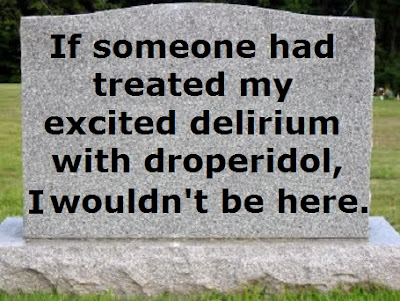–
Part I was written in 2010, so I am a bit late in continuing to ridicule this example of bad research.
How do we determine what is good care for our patients?
By having our treatment follow the category that dispatch dispatch assigned the call? I used to work in a county, where this did appear to be the case. The medics would become very upset with dispatch if they did not receive a lot of information about the patient prior to arriving on scene.
Dispatchers would express surprise when I would tell them that I did not care about the information they could obtain over the telephone from some unknown person.
Why?
Apparently, these medics never learned to assess patients themselves.
–
We conducted a population-based retrospective cohort study of 800 randomly selected patients over the age of 30 years for whom EMS were dispatched for a complaint of chest pain during a single year.[1]
These are not patients with a medical complaint of chest pain, but patients dispatched as chest pain – for whatever reason.
These are not patients considered to be cardiac by the emergency physician, but patients dispatched as chest pain.
The main outcome was adherence to state EMS protocols for treatment of patients over age 30 years with undifferentiated chest pain. Rates of administration of aspirin, nitroglycerin, and oxygen; establishment of intravenous (IV) access; and cardiac monitoring were measured.[1]
Should we give aspirin (as a cardiac treatment) to patients who do not have, and never did have, chest pain?
Should we give nitroglycerin (as a cardiac treatment) to patients who do not have, and never did have, chest pain?
–
–
The role of dispatch is not to determine the treatment for the paramedics or for the physicians. The role of dispatch is to prioritize getting the right people to the patient in the right amount of time.
What information do I want from dispatch?
How many patients they believe are there.
Trauma vs medical.
Reports of any violence or anything suspicious of violence.
Who else is responding.
Any reports of traffic problems in the area, or other unusual events that might affect what we do.
Unusual (or amusing) things picked up during the phone call.
The location of the patient.
Should there be any more of an exchange of information than the following?
Respond to location X for an adult with chest pain. X is also responding.
10-4.
Dispatch has more important things to do than to do assessments for incompetent medics.
According to the authors of the study, if dispatch mentions chest pain, I am supposed to follow my Suspected ACS (Acute Coronary Syndrome) protocol, even though that protocol does not mention anything about receiving medical direction from dispatch. The protocol begins with the words, Initial patient contact. Why doesn’t the protocol begin with Dispatch Diagnosis?
I work in the same state. The protocols have changed since the study, but dispatch is only mentioned three times in my paramedic protocols. All of these times are only related to cardiac arrest.
–
Maybe I will write a Part III. Maybe, if I do write it, it will not take over two years.
–
Footnotes:
–
[1] Influence of sex on the out-of-hospital management of chest pain.
Meisel ZF, Armstrong K, Mechem CC, Shofer FS, Peacock N, Facenda K, Pollack CV.
Acad Emerg Med. 2010 Jan;17(1):80-7.
PMID: 20078440 [PubMed – indexed for MEDLINE]
Free Full Text from Academic Emergency Medicine
–
Meisel, Z., Armstrong, K., Crawford Mechem, C., Shofer, F., Peacock, N., Facenda, K., & Pollack, C. (2010). Influence of Sex on the Out-of-hospital Management of Chest Pain Academic Emergency Medicine, 17 (1), 80-87 DOI: 10.1111/j.1553-2712.2009.00618.x
.












Subscribe to RogueMedic.com